Burmese Food Dishes: Basic Overview
Common Ingredients
Common Cooking Methods
Courses
Meals
Key Taste
Eating Etiquette
Meal Presentation
Culinary Festivals
Influence and Fusion
Popular Types of Burmese Dishes
-
Noodle Soups
These noodle soups combine rich broths with noodles and a variety of meats or vegetables, often infused with aromatic spices.
-
Rice Dishes
Rice specialties are crucial to Burmese cuisine.
They are often accompanied by spices and herbs.
-
Desserts
Burmese desserts vary from sweet, creamy puddings to rich cakes and refreshing cold treats.
-
Glutinous Rice Dishes
Sticky and chewy, these dishes are made with glutinous rice and can be savory or sweet.
-
Salads
Burmese salads are bursting with fresh flavors.
They are a mixed variety of textures and tastes.
-
Curries
Burmese curries are less spicy than their Indian counterparts.
They focus on a depth of flavor with a blend of spices, garlic, ginger, and onions, usually served with rice.
Burmese dishes are food creations that have been developed for a long time in Myanmar (formerly known as Burma). Burmese cuisine is characterized by its diverse flavors and textures.
However, due to its location at the junction between South Asia, Southeast Asia, and East Asia, Burmese dishes inherit cross-cultural influences from Indian delicious feasts, Chinese delicacies, and Thai treats.
Local foods encompass many dish types, including salads (thoke), curries, soups, and desserts. They are mostly served with white rice.
You’ll get to discover each dish’s origin, main ingredients, cooking methods, serving suggestions, and regional varieties. Then, I’ve included a detailed explanation of how Burmese cuisine differs from nearby countries, especially India, China, and Thailand.
Additionally, I’ll unveil some beloved pairings of Burmese food and beverages for you to uncover.
26 Popular Burmese Dishes with Filters
Make use of the filter system to rearrange these dishes in your favorite order of alphabetical order, tastes, key ingredients, cooking methods, dish types, and global popularity.
Additionally, there are more styles of Burmese culinary to discover, like the most popular, national, traditional, and street food options:
Mohinga
- National
- Traditional
Mohinga is a traditional rice noodle and fish soup that is also considered a national dish of Myanmar. There are 2 types of mohinga, one made from scratch or a premade powder for the broth.
Mohinga was once only available in the early morning or at night for the customers to enjoy while watching pwès (open-air stage performance) and zat pwès (open-air dance performance).
Today, the locals usually eat mohinga for breakfast from street hawkers. They sell mohinga by carrying a shoulder pole: the soup cauldron on one end and other ingredients on the other.
Mohinga has many regional variations with local ingredients. Rakhine mohinga includes less soup and more fish paste, while yangon mohinga consists of catfish broth, chickpeas, and peanuts.
Khow Suey
- Traditional
Khow suey is a traditional Burmese noodle soup with egg noodles and curried meat (beef or chicken) in coconut milk.
Besides the main ingredients, khow suey also includes veggies and tofu. The locals will squeeze in some lime juice before eating.
Burmese Curry
- Traditional
Burmese curry refers to common Burmese dishes consisting of proteins or vegetables cooked in a curry base. However, this curry usually relies on dried spices instead of fresh herbs and aromatics, hence a milder taste.
The dried spices for Burmese curry are chili powder, garam masala, paprika, and turmeric powder. These curries often go with rice, Burmese salads, soups, or Indian flatbread.
Burmese Tofu
- Traditional
Burmese tofu is a type of tofu originating from the Shan people in Myanmar. This tofu is made from besan (chickpea flour) and yellow split pea flour.
The flour is combined and then heated while stirring continuously until creamy. When the mixture is set, it becomes Burmese tofu.
There are 3 main ways to cook Burmese tofu: frying, making a salad, or cooking it in a curry. Fried tofu makes for a great breakfast option with glutinous rice, mohinga, shan khauk swè (Shan-style rice noodles), nan gyi thoke (rice noodle salad), and green tea.
Regarding salads, to hpu nway (warm tofu) is a famous Burmese food, with the tofu being served hot before it sets.
Burmese Fritters
- Street Food
Burmese fritters, or a-kyaw, are fried foods with battered and deep-fried vegetables or seafood. A-kyaw is often savory, with beans and pulses as the main ingredients for the batter.
These fritters are available everywhere, often savored as a breakfast item or tea-time snack. A-kyaw is served either alone with a tamarind dipping sauce or as a topping for other popular Burmese foods.
Lahpet
- Traditional
Lahpet is the Burmese word for fermented or pickled tea leaves. While other countries only view tea as a beverage, Myanmar sees it as an edible food, often served to guests to show hospitality.
The local tea has 3 main types: lahpet chauk (dried tea leaves), acho gyauk (black tea), and lahpet so (wet tea). However, only lahpet so directly refers to these pickled tea leaves.
Among all lahpet’s uses, laphet thoke (tea leaf salad) is the most popular. Locals mix these pickled tea leaves with dried chickpeas, green chili, garlic, peanuts, toasted sesame seeds, crushed dried shrimp, and tomatoes.
Mont Di
- Traditional
Mont di refers to many traditional Burmese foods using thin rice noodles with many regional variants. Mont di’s noodles are often used fresh as they cannot stand the hot climate.
Rakhine mont di from western Myanmar is the most famous, served in 2 different ways: salad or soup.
Another variant is yodaya mont di, which uses curled khanom chin (curled rice vermicelli) and fish. The locals will serve yodaya mont di with raw green beans and fried onions.
Meanwhile, Mandalay mont di, also called nan gyi thoke, is a noodle salad from Mandalay City mixing nan gyi (thick round rice noodles) with chicken curry.
Gyin Thoke
- Traditional
Gyin thoke is a Burmese salad with shredded pickled ginger as the main ingredient. The dish also comes with fried beans and sesame seeds, layer by layer, to create this ginger salad.
The locals usually pickle the ginger in rice wine vinegar and palm sugar. The dressing for gyin thoke is a mixture of fish sauce, lime juice, chili, garlic, shallot oil, and sugar.
Meeshay
- Traditional
Meeshay is a rice noodle dish with meat sauce from Eastern Myanmar, made by Shan people. The dish originates from mixian (Yunnan rice noodles).
Meeshay has many editions, such as Shan or Mogok meeshay with a light onion sauce and Mandalay meeshay with oilier and thick meat sauce. Another version is Myay-oh meeshay, with the noodles cooked in a clay pot.
Among all shan meeshay, there is shan khauk swè, a soup version of meeshay with fish sauce and no gel.
Danbauk
- Traditional
Danbauk (or danpauk) is a Burmese rice dish inspired by biryani (South Asian mixed rice dish). The locals make this mixed rice dish by cooking long-grain rice with herbs and spices, including bay leaves, cashew nuts, cinnamon, cloves, and saffron.
Danbauk is usually served with julienned cabbages, dried chilies, cucumber slices, fermented limes or lemons, onion slices, or soups.
It’s easy to find danbauk at many festivals, such as Thingyan (New Year’s water festival), or weddings.
Naan Bya
- Traditional
Naan bya is a round and soft Burmese flatbread inspired by Indian naan, a leavened flatbread baked in a tandoor oven or fried on a tava (a flat metal cooking utensil).
This flatbread is often blistered or buttered before serving. Naan bya usually goes with pè byouk (boiled chickpeas) or Burmese curry as a dipping broth.
Also, you’ll easily spot naan bya at tea houses as a Burmese breakfast food with coffee or tea.
Kyay Oh
- Traditional
Kyay oh is a Burmese noodle soup using pork and egg. There are two other versions of kyay oh: one with fish as a pork substitution and a dry one without broth.
All varieties of kyay oh use rice noodles as the main ingredient. Local residents traditionally serve kyay oh in a copper pot with green pepper and tomato sauce.
Prawn Sibyan
- Traditional
Prawn sibyan is a traditional Burmese prawn curry. Following the same method of cooking prawns in a thick sauce, prawn sibyan cooks whole prawns in a gravy made with aromatics and shrimp oil, a substance similar to tomalley (crab fat).
Paung Din
- Traditional
Paung din is a Burmese sticky rice dish prepared and served in bamboo sections. The rice is often roasted inside the bamboo, hence a light green color and fragrant aroma.
In Myanmar, paung din is served as a portable food with bamboo peeled off, leaving a thin skin wrapped around the rice.
Hsi Htamin
- Traditional
Hsi htamin, or si htamin, is a traditional Burmese snack made with glutinous rice. The rice is cooked with onions, salt, and turmeric until golden.
Hsi htamin often goes with dried fish or peas as a breakfast meal.
Burmese Fried Rice
- Traditional
Burmese fried rice is a traditional dish using paw hsan hmwe (high-grade aromatic rice with round and short grains). The rice is normally stir-fried with boiled peas, garlic, onions, and dark soy sauce, hence its other name: fried rice with boiled peas.
This fried rice is often eaten with ngapi, cucumber strips, or sometimes a fried egg as a local breakfast.
Htamanè
- Traditional
Htamanè is a savory seasonal festive snack with glutinous rice that Burmese will serve on the full moon day of Tabodwe and the 11th lunar month (usually February).
The snack comes with coconut shavings, peanuts, and sesame seeds. In Buddhism, the locals first serve a small portion of htamanè to the Budha, then divide the rest to family and friends as a festive gift.
Htamanè is so popular that several monasteries and pagodas in Myanmar even hold many contests to make it!
Htamin Jin
- Traditional
Htamin jin is a Burmese fermented rice dish, another specialty of the Shan people. The specialty includes kneaded fresh or fermented rice with boiled fish, mashed potatoes, and tomato paste.
The fish in this fermented rice is often from Inle Lake in Shan State. Local cooks usually garnish the htamin jin with fried garlic, garlic oil, or chive roots.
Thingyan Rice
- Traditional
Thingyan rice is a traditional festive dish Burmese people serve during Thingyan. While thingyan rice comes from the Mon people, it’s now widely prepared across Lower Burma.
The rice is often presented with water and served with cured salted fish salad, marian plum, and sour mango. This festive dish is usually decorated with roasted chili peppers.
Khauk Swè Thoke
- Traditional
Khauk swè thoke is a wheat noodle salad of Burmese cuisine, using shredded cabbage, carrots, dried shrimp, fish sauce, lime juice, and fried peanut oil.
An interesting story about khauk swè thoke is when thousands of ethnic Indians in Burma emigrated back to India after World War II, they brought home the Burmese cuisine, including this noodle salad.
Falooda
- Traditional
Falooda is a cold dessert with vermicelli, arrowroot, cornstarch, sago, or wheat. The mixture is combined with basil seeds, milk, and rose syrup before serving with ice cream.
In Myanmar, falooda often appears during special occasions, like weddings.
Mont
- Traditional
In Myanmar, mont refers to all snacks, from sweet to savory items. These snacks include different cooking methods: baking, boiling, deep-frying, frying, or steaming.
Mont usually appears in the breakfast or afternoon as an accompaniment with tea. These treats get their sweetness from natural ingredients, like coconut milk, glutinous rice, or grated coconut.
Burmese Pork Offal Skewers
- Street Food
Burmese pork offal skewers are a street snack known under the name “wet tha dok hto”. These pork offal skewers include simmered pork offal in light soy sauce.
Local chefs first cook meat from pigs’ internal organs (ears, heart, intestines, kidneys, lungs, tongue, etc.) over charcoal for the tender texture and simmer in a broth.
Traditionally, street vendors will directly put these pork offal skewers around the furnace bar so that the guests will gather around the vendor.
Sanwin Makin
- Traditional
Sanwin makin is a classic Burmese semolina cake that often appears during Satuditha (merit-making activity) and donation feasts. This semolina cake is heavily influenced by Indian cuisine.
Recently, the locals often replaced semolina in sanwin makin with other starches like potatoes and bananas for a change in flavors.
Pathein Halawa
- Traditional
Pathein halawa is a traditional Burmese pudding made with glutinous rice flour, butter, coconut, milk, poppy seeds, rice flour, and sugar. The sweet treat includes 2 different versions: dry and wet.
Since pathein halawa first appeared in Pathenin City, the locals consider this glutinous rice pudding a specialty of this city!
Ohn Htamin
- Traditional
Ohn htamin is Burmese-style coconut rice, featuring a rice dish cooked in coconut milk. Commonly, ohn htamin often replaces white rice as a ceremonial staple food.
This coconut rice is usually cooked with fried shallots and salt for a richer and more savory flavor. Local residents often serve ohn htamin with popular traditional Burmese curries and soups like mohinga.
Why Are Traditional Burmese Dishes Popular?
Traditional Burmese dishes have gained popularity for various reasons, including historical influences, etiquette and customs, cooking techniques, taste, regional cuisines, diversity in types and ingredients, beverages, and street foods.
Burmese cuisine is influenced by neighboring India and ChinaIt has centuries of development.
Varies significantly by region, with coastal areas focusing on seafood and inland regions on poultry and pork.
Shan State is noted for rice-based dishes, while Rakhine State is known for spicy seafood.
Burmese cuisine offers a wide range of dishes, including curries, salads, soups, and desserts.
How Are Traditional Burmese Dishes Different from Dishes in Nearby Countries?
While the traditional cuisine of Myanmar shares some similarities with the foods of neighboring countries like India, China, and Thailand, it still has distinct characteristics to stand out.
Remember to keep your appetite up to uncover some pairings of food and refreshments in Burmese cuisine, which greatly elevate your experience.
What Burmese Dishes to Pair with Beverages?
To savor the best flavor of these specialties, you should consider enjoying them with Burmese drinks for the fullest experience:
Once you’ve got the hang of these Burmese dishes, it’s best to share your understanding with others and expand their choices for the next meal. Make sure to like these dishes and drop a comment as well.


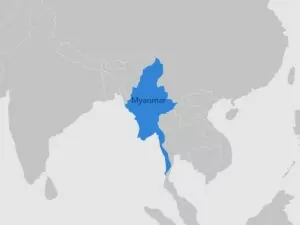
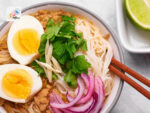
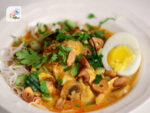
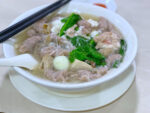
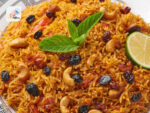
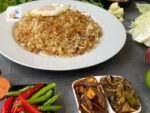
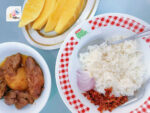

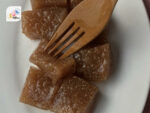


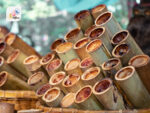
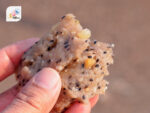
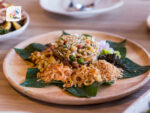
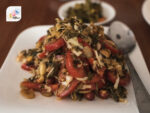
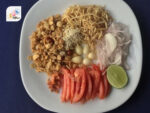
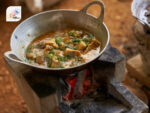
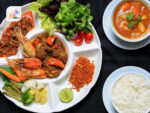
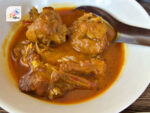
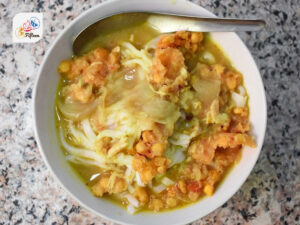
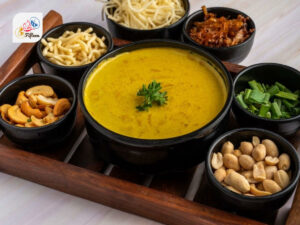
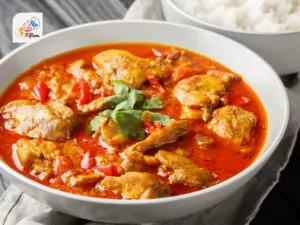
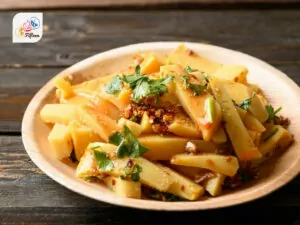
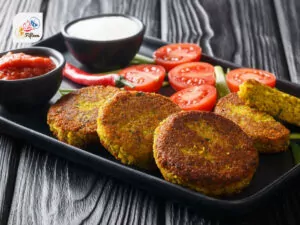
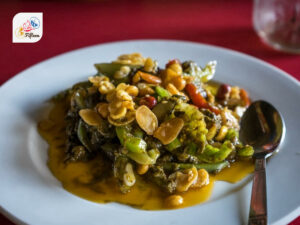
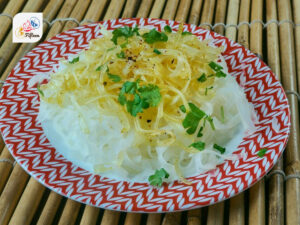
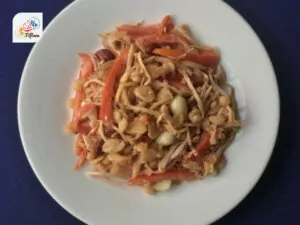
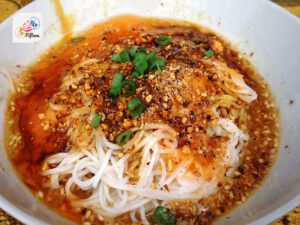
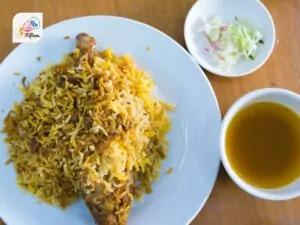
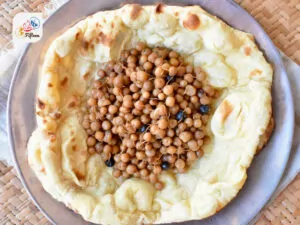
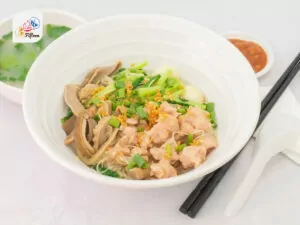
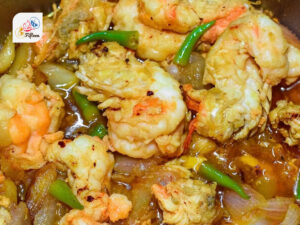
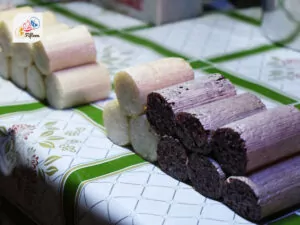
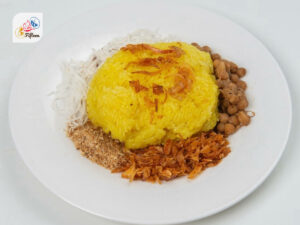
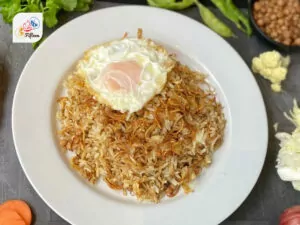
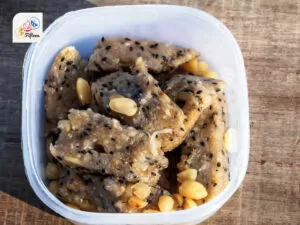
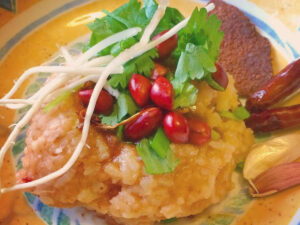
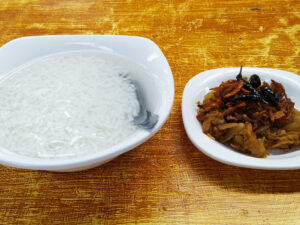
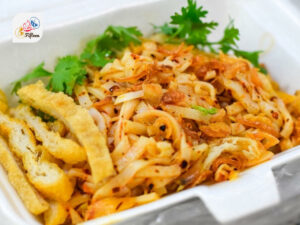
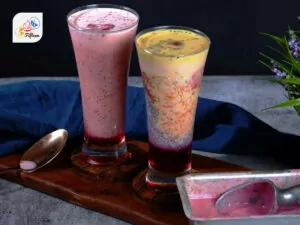
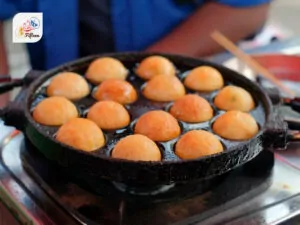
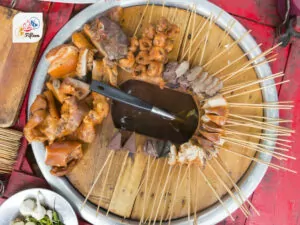
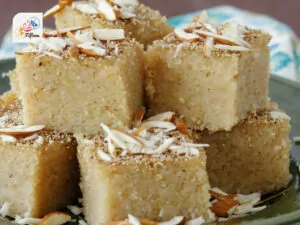
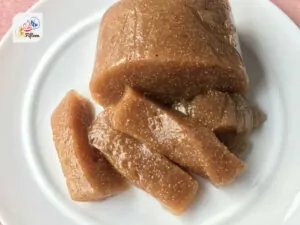
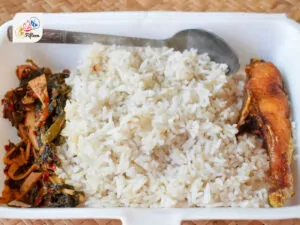
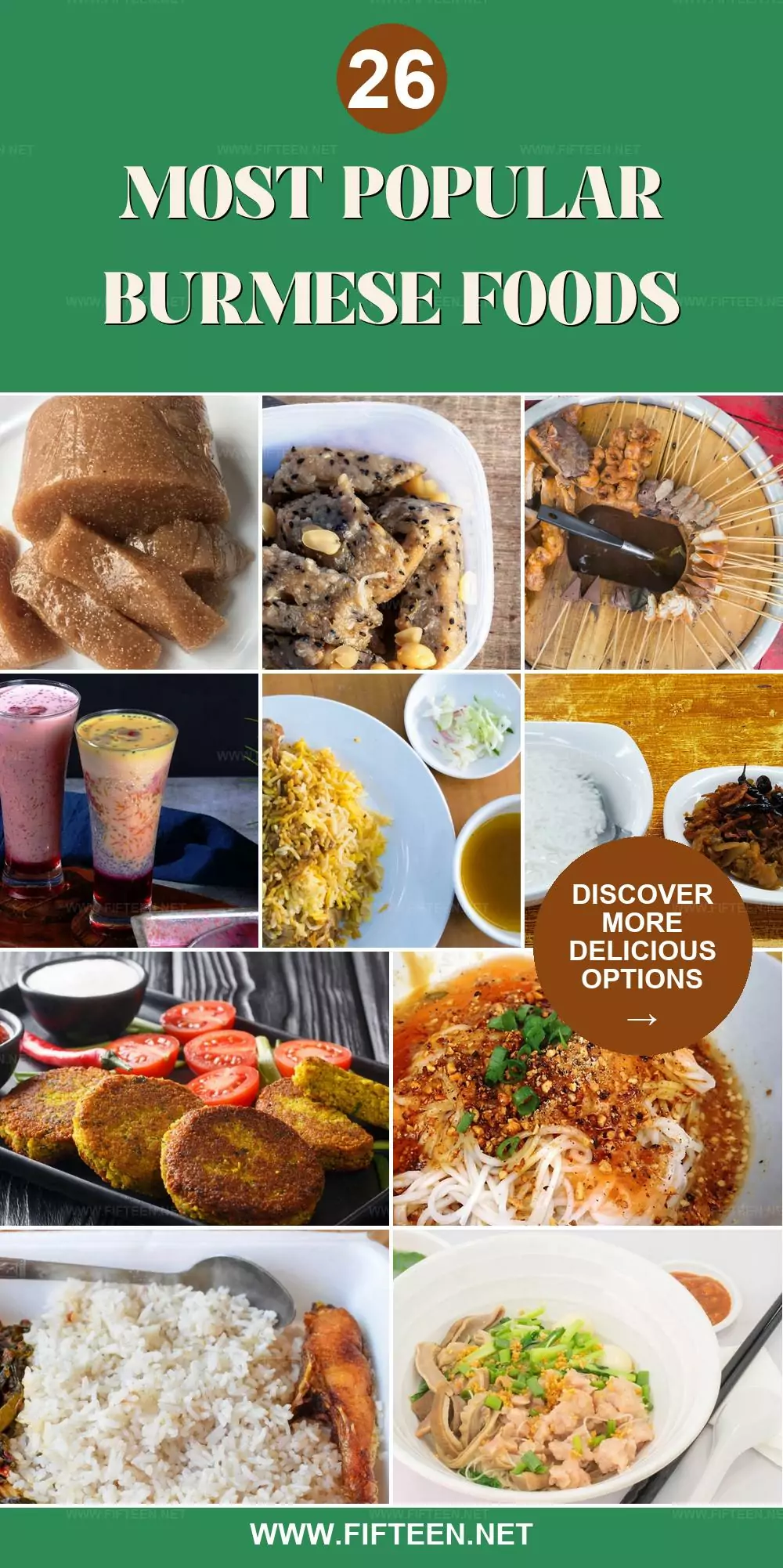
Jamie Scott
Editor in Chief, Senior Content Writer
Expertise
Home Cooking, Meal Planning, Recipe Development, Baking and Pastry, Food Editor, Cooking-video Maker, Western Food Evaluation Expert
Education
Le Cordon Bleu College of Culinary Arts
Local Community College, New York, NY
Jamie Scott is a skilled culinary expert and content creator specializing in Western cuisine. With over 15 years in the culinary field and formal training from Le Cordon Bleu, Paris, Jamie deeply understands how to blend nutrition with delicious flavors. His passion for cooking matches his commitment to making healthy eating accessible and enjoyable.
On Fifteen.net, Jamie brings a fresh perspective to classic dishes and beverages, offering readers insightful recipes, cooking tips, and a fresh view on meal planning that emphasizes taste, health, and simplicity.